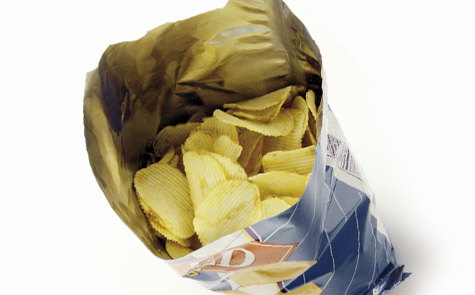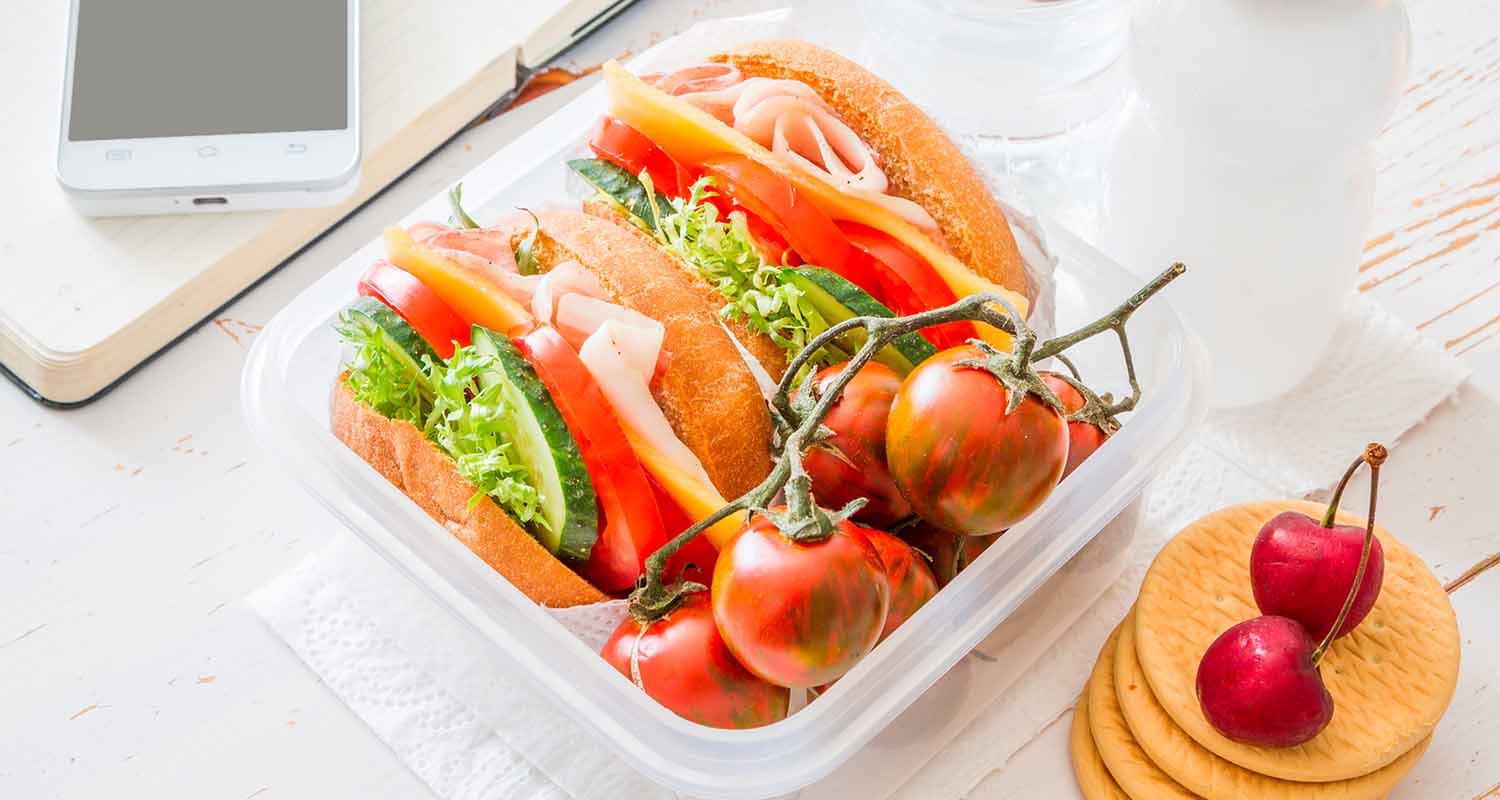Chemical products for packaging


Plastics protect our food products
Take a potato chip, for example. It’s naturally crispy, right? Wrong, actually. You can thank polypropylene bags for that — a material that keeps moisture from getting in or out, so that we can enjoy the same great taste and smell day after day. And what about the milk you drink every day? Thanks to a three-layer bottle made of polyethylene and its polypropylene screw cap, the milk retains its unique flavour and nutritional value.
Plastics help generate energy savings
Thanks to advancements in technology, we are able to produce increasingly lighter plastics. In the last 10 years, they’ve shed 28% of their relative weight – which has led to savings in raw materials and decreased fuel consumption for transport vehicles, in turn contributing to lowered emissions. What’s more, these materials are recyclable and represent a source of alternative energy.

Plastics help reduce food waste
To keep a cucumber fresh for two weeks, only 1.5 g of plastic is required. Thanks to high- and low-density polyethylene, it is indeed possible to produce films that offer optimal food preservation qualities, reducing waste and the need to use preservatives.
Repsol Primeva® and Repsol Ebantix® copolymers are used in adhesives that allow you to open and close your packaging solutions, so that your food products retain their nutritional value, and nothing goes to waste.
Yet another example of the power of plastics to preserve food products is the use of metallocene linear low-density polyethylene (mLLDPE). Its outstanding optical properties, like transparency and gloss, and mechanical properties, like stretchability, weldability and high puncture resistance, help to prevent breakages in packaging. Thanks to these qualities, we’re able to see the product without so much as touching it or damaging it.
The lunch containers we all know and love are made from polypropylene, a material that’s highly resistant to hot and cold temperatures and allows us to heat and preserve our food products in such environments.
- Adhesives and sealants: thermo-adhesive film and coating, adhesives for labels.
- Packaging nets (for fruits and vegetables, for example), high-tenacity raffia and cordage, among others.
- Caps.



